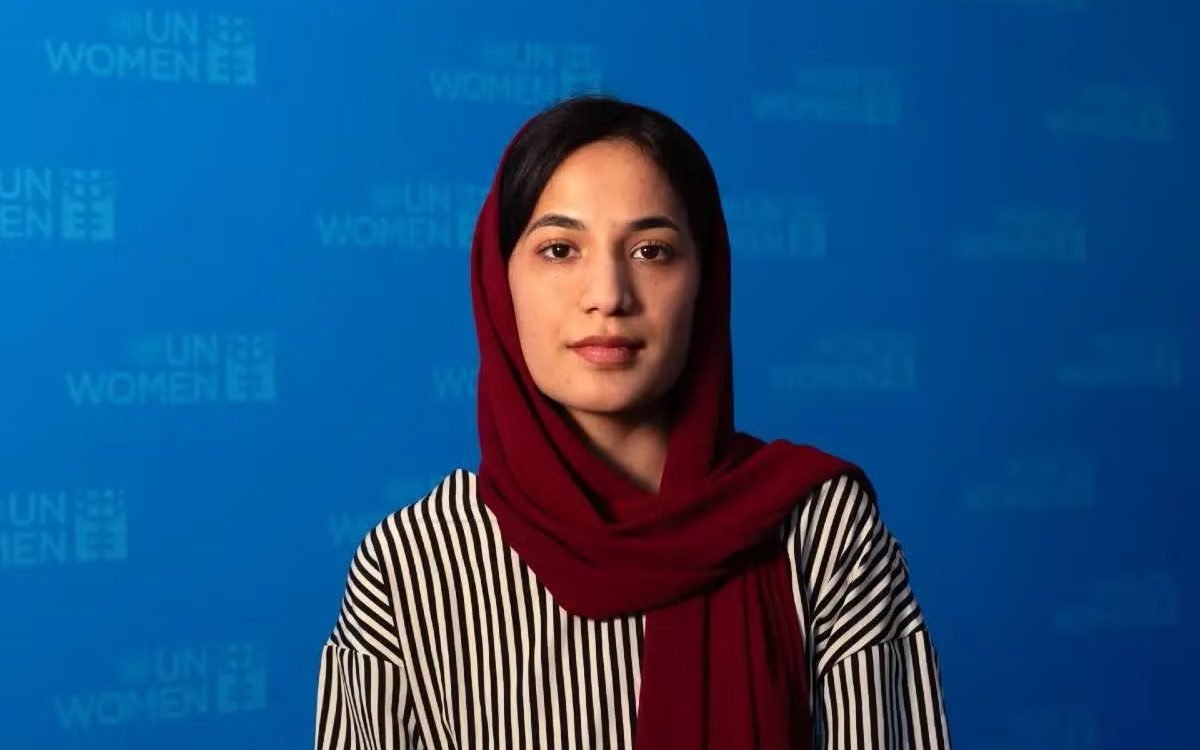While the World Watches Bombs, Women Battle an Invisible War
When we talk about war, we picture ruins, soldiers, and gunfire. But there’s another kind of warfare — quieter, darker, and far more personal. It’s happening inside the minds of millions of women. This war doesn’t leave bullet holes — it leaves emotional voids, fractured identities, and generational scars.
The reality? More than 600 million women and girls are currently living in conflict-affected areas. That’s 1 in every 15 women on Earth trapped in violence, repression, and forced survival. Even more staggering: in the last year alone, the number of women killed in conflict has doubled, making up 40% of all civilian deaths.
But what goes largely unnoticed is that the most damaging wounds are not visible at all.
The Brain Under Siege: How War Rewires a Woman’s Mind
Psychologically, the effects of war are not short-term. When a woman experiences repeated trauma — like bombing raids, forced displacement, or the constant fear of being watched or harmed — her neural pathways change.
Studies show that nearly 1 in 5 people in crisis zones go on to develop long-term mental illnesses. These include:
Post-Traumatic Stress Disorder (PTSD) Depression and suicidal ideation Severe anxiety and panic disorders Bipolar disorder and schizophrenia
Now here’s the cruel twist: only 2% of those affected get any treatment.
And it’s not because they don’t want help. In low-income countries, there are fewer than 1 mental health professional per 100,000 people. Meanwhile, in wealthy nations, that number exceeds 70 per 100,000. The disparity is not just unfair — it’s deadly.
Afghanistan: Where Dreams Are Now Dangerous
Imagine being a girl who once dreamed of becoming a doctor or running a business. Now, in Afghanistan, you can’t even walk outside without permission. Since the Taliban returned to power, Afghan women have been systematically erased from public life.
98% of women say they have zero influence in their communities 68% report their mental health as “bad” or “very bad” 8% know someone who’s tried to end their own life
Alison Davidian, UN Women’s Representative in Afghanistan, put it plainly:
“Three years ago, an Afghan woman could run for president. Now, she may not even be able to buy groceries without permission.”
What’s worse? Language itself is failing them.
Mursalina Amin, founder of Girls Toward Leadership, explained:
“These girls can’t even describe what’s happening inside them. They feel pain but don’t know what to call it. Every girl I’ve spoken to shows signs of mental health breakdown — they just can’t talk about it.”
In Afghanistan, a woman’s silence isn’t peace. It’s emotional paralysis.
Gaza: War in the Womb, and the Mind
In Gaza, the war has pushed life to its absolute breaking point. As of early 2024:
1.9 million people — 85% of the population — have been displaced 90% don’t have reliable access to food Healthcare and sanitation systems have collapsed
Now imagine being a mother, pregnant, hungry, homeless, and still expected to carry your family. This is reality for hundreds of thousands of Gazan women.
UN Women reports reveal:
75% feel constant depression 62% can’t sleep 65% suffer from nightmares and chronic anxiety
One 27-year-old pregnant mother of three from Khan Younis shared:
“Sometimes I lock myself in the toilet just to cry. It’s the only private space I have.”
This isn’t just trauma — it’s multi-layered psychological warfare. And yet, with almost no access to professional care, most women internalize the pain and keep going — for their children, for their communities, for survival.
Georgia: Where Antidepressants Became a Lifeline
Georgia isn’t often mentioned in global headlines, but for the 200,000 internally displaced people (IDPs) — many of them women — the war never ended.
These women live in dilapidated shelters, surrounded by poverty, joblessness, and instability. And while the guns may have gone silent, their minds haven’t.
Among displaced Georgian women:
23% suffer from PTSD 10% have clinical depression 9% live with anxiety disorders
One disturbing trend: a spike in antidepressant addiction in regions with the most displaced populations.
Elene Rusetskaia from the Women’s Information Center said:
“We saw huge numbers of women dependent on medication in the very areas where conflict survivors live. The correlation was undeniable.”
These women were never given support, counseling, or healing — just pills. And that’s not mental health care. That’s emotional sedation.
The Bigger Problem: The World Isn’t Listening
Despite how massive and disturbing this crisis is, mental health receives only 1–2% of global health financing — even though psychosocial issues make up 20% of health conditions during emergencies.
This means that even in places receiving international aid, mental health is treated as an afterthought.
Let’s break this down:
Every day, thousands of women in conflict zones contemplate suicide, suffer panic attacks, or experience disassociation Millions are raising children while carrying trauma they’ve never spoken about Entire generations are growing up with mothers battling invisible pain
And yet, this crisis is funded less than malaria, less than clean water, even less than basic shelter in some regions.
So What Can Be Done?
This isn’t just a humanitarian problem — it’s a moral emergency. Here’s what needs to change, and fast:
Mental Health Must Be Prioritized in Crisis Funding Aid programs must allocate at least 10–15% of all emergency health budgets to mental health and psychosocial support. Train Local Women as Mental Health Aides In the absence of professional therapists, community-based care networks led by trained women can be powerful tools for healing. Destigmatize Mental Health Through Storytelling Women need language, validation, and safe spaces to share what they’ve been through. The silence must be broken. Focus on Pregnant Women, Mothers, and Girls These groups carry the emotional weight of survival. Specialized care systems must be designed for them — now, not later.
Final Words: The Silent War Must Be Heard
The mental health crisis facing women in conflict zones is not a side story — it is the story. These are not just statistics; these are mothers, sisters, daughters, dreamers — living in conditions that fracture the mind, spirit, and soul.
They’ve seen things that can’t be unseen.
They’ve lost things that can’t be replaced.
And yet — they keep going.
This isn’t resilience. This is survival under siege. The least the world can do is start listening, start funding, and start healing.
Because behind every headline of war, there’s a woman quietly breaking.
And behind every broken woman, there’s a world that didn’t care enough to notice.
It’s time we changed that.






